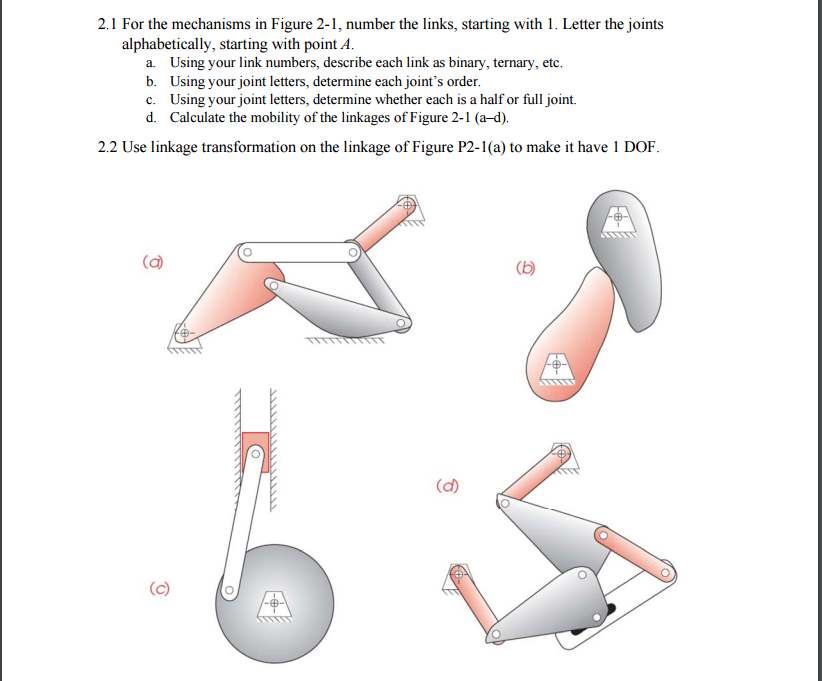
The aromatic amino acids (phenylalanine, tyrosine, and tryptophan), as their name implies, contain an aromatic functional groups within their structure making them largely nonpolar and hydrophobic due to the high carbon/hydrogen content. As we will see in the next section covering primary structure, proline can significantly alter the 3-dimentional structure of the due to the structural rigidity of the ring structure when it is incorporated into the polypeptide chain and is commonly found in regions of the protein where folds or turns occur. Proline is also classified as an aliphatic amino acid but contains special properties as the hydrocarbon chain has cyclized with the terminal amine creating a unique 5-membered ring structure. The aliphatic amino acids (glycine, alanine, valine, leucine, isoleucine, and proline) typically contain branched hydrocarbon chains with the simplest being glycine to the more complicated structures of leucine and valine. The nonpolar amino acids can largely be subdivided into two more specific classes, the aliphaticamino acids and the aromaticamino acids. Colors indicate specific amino acid classes: Hydrophobic – Green and Yellow, Hydrophilic Polar Uncharged – Orange, Hydrophilic Acidic – Blue, Hydrophilic Basic – Rose.Ĭlick Here for a Downloadable Version of the Amino Acid Chart R-groups are indicated by circled/colored portion of each molecule. Each amino acid can be abbreviated using a three letter and a one letter code.įigure 2.2 Structure of the 20 Alpha Amino Acids used in Protein Synthesis.
#EACH FIGURE BELOW SHOWS THREE POINTS IN THE VICINITY FULL#
These amino acids are capable of forming full charges and can have ionic interactions. A few amino acids are basic (containing amine functional groups) or acidic (containing carboxylic acid functional groups).

Others contain polar uncharged functional groups such as alcohols, amides, and thiols. There are R-groups that predominantly contain carbon and hydrogen and are very nonpolar or hydrophobic. The different R-groups have different characteristics based on the nature of atoms incorporated into the functional groups. There are a total of 20 alpha amino acids that are commonly incorporated into protein structures (Figure 2.x). The basic structure of an amino acid is shown below:įigure 2.1 General Structure of an Alpha Amino Acid They differ from one another only at the R-group position. Within living organisms there are 20 amino acids used as protein building blocks. In the diagram below, this group is designated as an R-group. In addition to the amine and the carboxylic acid, the alpha carbon is also attached to a hydrogen and one additional group that can vary in size and length. The alpha designation is used to indicate that these two functional groups are separated from one another by one carbon group. As their name implies they contain a carboxylic acid functional group and an amine functional group. The major building block of proteins are called alpha (α) amino acids. They are all, however, polymers of alpha amino acids, arranged in a linear sequence and connected together by covalent bonds.


Their structures, like their functions, vary greatly. Each cell in a living system may contain thousands of different proteins, each with a unique function. Proteins may be structural, regulatory, contractile, or protective they may serve in transport, storage, or membranes or they may be toxins or enzymes. Proteins are one of the most abundant organic molecules in living systems and have the most diverse range of functions of all macromolecules. Chapter 2: Protein Structure 2.1 Amino Acid Structure and Properties 2.2 Peptide Bond Formation and Primary Protein Structure 2.3 Secondary Protein Structure 2.4 Supersecondary Structure and Protein MotifsĢ.5 Tertiary and Quaternary Protein Structure 2.6 Protein Folding, Denaturation and Hydrolysis 2.7 References


 0 kommentar(er)
0 kommentar(er)
